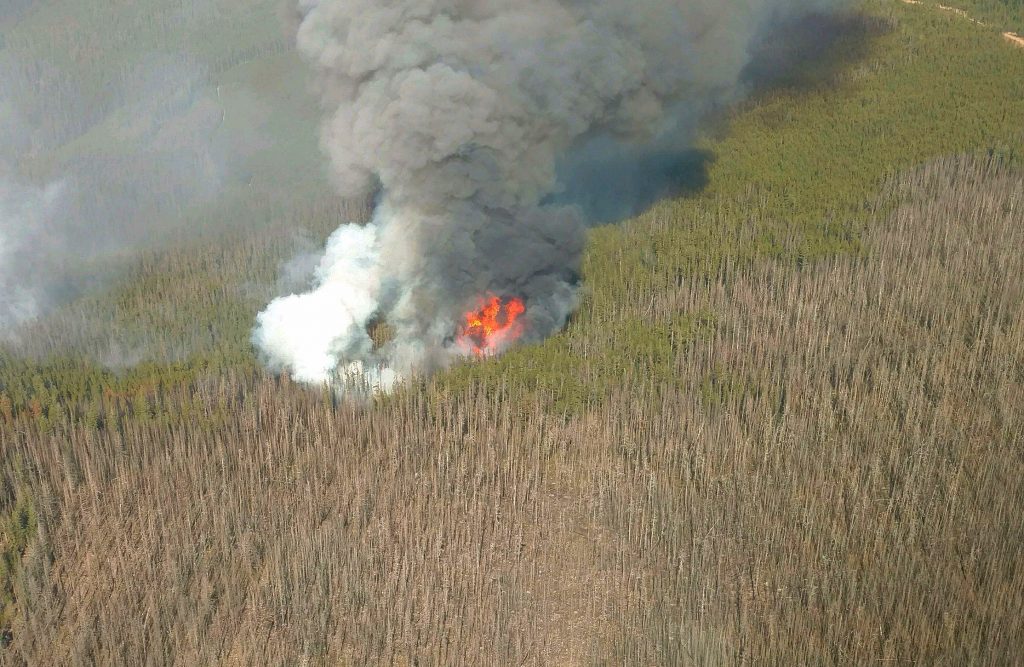By the time Trent was finished questioning Ethan Lane, he had backpedaled to the point where he said he agreed with 95% of what I have been teaching ranchers in my seminars for the past 16 years.
by Angus McIntosh, PhD
Executive Director, Range Allotment Owners Association
Recently the Range Allotment Owners Association (RAO), an association of Western ranchers who own Grazing Allotments and Range Units on split-estate land in the 17 Western States, has been attacked in the press by the Public Lands Council (PLC), the National Cattlemen’s Beef Association (NCBA), and state affiliates of those organizations (such as the Colorado Cattlemen’s Association). In particular, the Executive Director of PLC (and Public Lands Coordinator for NCBA), Ethan Lane, led the attack and included with his stated disinformation, a letter signed by several attorneys who like to style themselves as champions of Western ranchers. There was so much mischaracterizing, deception and outright fabrication in these attacks that it was difficult to know how to immediately respond. Fortunately, many of the Western ranchers who know me and belong to the RAO themselves, began to respond to the attack through Facebook and letters of their own to the various livestock publications which had printed what can only be described as PLC’s “Fake News.” Chief among the respondents, I’m happy to say, was renowned Radio Host and farmer, Trent Loos. By the time Trent was finished questioning him, Ethan Lane had backpedaled to the point where he said he agreed with 95% of what I have been teaching ranchers in my seminars for the past 16 years.
Frankly, I am used to personal attacks by anti-ranching groups and the environmentalist left, so I usually just ignore their ranting, distortions and outright lies. However, since I have been involved in Western Allotment Owner’s property rights issues for 37 years, have been an Allotment Owner myself for 33 years, and, for at least 27 years have been widely known throughout the Western States as an outspoken public supporter of rancher’s property rights, I decided I could not let the falsehoods go unaddressed. Failing to address the issue would only further harm Western ranchers who, for the last 40 years, have been denigrated by a steady stream of misinformation spewed by career lobbyists and globalists inhabiting the Washington D.C. “swamp.” Many of these anti-ranching interests are entangled by Memorandums of Understanding (MOUs) with the Bureau of Land Management and Forest Service. Exactly how have these globalist-controlled Washington insiders helped the Western split-estate ranchers? They have not. By all measures; number of Allotments, number of Allotment Owners, number of head of livestock, or number of AUMs used for stockraising, in the last 40 years the Western Livestock Industry has been cut by approximately 60%.
First, never at anytime has the Range Allotment Owners Association or myself stated that we represent the “public land” rancher. It is precisely this erroneous representation that has been the cause of many Western ranchers being forced off their Allotments during the past 40 years. The term “public land” has a well established and undeniable legal definition. Neither I nor the PLC get to pick what that definition is. Only Congress and the U.S. Supreme Court get to define that term. During the settlement period from 1776 to 1920, “public lands” were defined as “lands open to entry and disposal upon which there were no rights or claims” (see Words & Phrases and cases cited therein). “Most enduringly the public lands have been defined as those lands subject to sale and other disposal under the general land laws” (Utah Div. of State Lands v United States, 482 US 193 (1987)). By legal definition there are NO private rights on “public lands” and there never has been. However, once land was opened to settlement, occupied, improved and had a possessory right or claim established, it was no longer “public land” because it was no longer “unoccupied,” but now had private rights attached to it that prevented anyone else from settling on the land (see Frisbie v Witney, 76 US 187 (1869), Atherton v Fowler, 96 US 513 (1877), Hosmer v Wallace, 97 US 575 (1878), Rector v Gibbon, 11 US 276 (1884), Cameron v United States, 148 US 301 (1893)).
During the settlement period, bona-fide ranch settlers occupied, improved and possessed the Western rangelands with the intent of permanent settlement. Through their settlement and improvement, ranchers established “possessory property rights,” which gave them a valid claim or color of title to the land. These lands were thereafter called “entered unpatented lands” or “entries,” and the settlers in occupancy were called “entrymen” or “bona-fide settlers.” Under a series of post Civil War statutes, Congress sanctioned and confirmed the water rights, ditches, canals, roads, (1866, 14 Stat 253), reservoirs (1870, 16 Stat 218), improvements (1874, 18 Stat 50), forage/grazing use (1875, 18 Stat 482), timber use (1878, 20 Stat 88), and State/Territorial possessory range rights (1885, 23 Stat 321) of these bona-fide stockraising settlers (or “entryman”) on the Western ranges. See Atherton v Fowler, supra, Griffith v Godey, 113 US 89 (1885), Brooks v Warren, 13 P. 175 (1886), Comm. Natnl. Bank of Ogden v Davidson, 22 P. 517 (1889), Wilson v Everett, 139 US 616 (1891), Cameron v United States, supra, Lonergan v Buford, 148 US 581 (1893), Swan Land & Cattle Co. v Frank, 148 US 603 (1893), Grayson v Lynch, 163 US 468 (1896), Ward v Sherman, 192 US 168 (1904), Bacon v Walker, 204 US 311 (1907), Bown v Walling, 204 US 320 (1907), Curtin v Benson, 222 US 78 (1911), Omaechevarria v Idaho, 246 US 343 (1918).
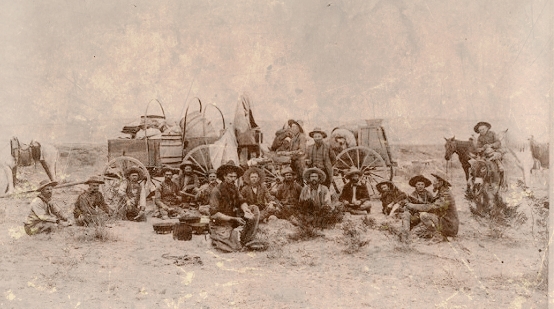
Ranchers’ property rights were so well established by 1909, that it was virtually impossible for the United States to grant a homestead or mining patent to any applicant that did not infringe on some valid existing claim. The West was covered with ranchers’ water rights, easements, improvements, and land-use rights that Congress had already statutorily recognized and granted. There was constant turmoil between Western ranchers and federal bureaucrats, particularly with the newly formed U.S. Forest Service. The fact was that under the traditional definition of “public lands” there were no more “public lands.” Nearly all the land in the West had some valid existing claim attached to it. In a speech to Congress in 1909, President Theodore Roosevelt proposed the only logical solution, which was to create a split estate. “Rights to the surface of the public land….be separated from rights to the forests upon it and to minerals beneath it, and these should be subject to separate disposal.” (Special Message to Congress, Jan. 22, 1909, 15 Messages and Papers of the Presidents 7266.) The United States would retain the mineral estate and the commercial timber while granting a surface fee title to the stockraisers for all agricultural and ranching purposes (Kinney Coastal Oil Co. v Kieffer, 277 US 488 (1928), Watt v Western Nuclear, 462 US 36 (1983).
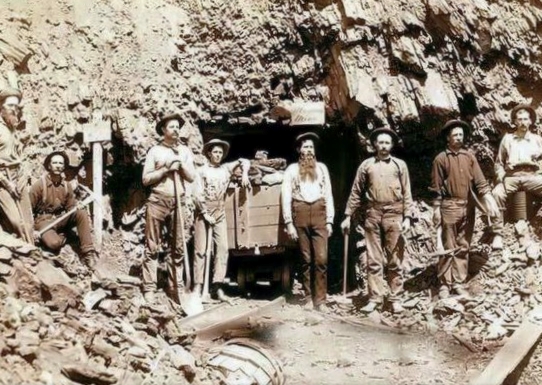
By 1910, the corruption, abuse and overreach by federal bureaucrats had become so bad that Congress enacted special legislation to have a full Congressional Investigation of the Department of Interior, Department of Agriculture, and the Forest Service (36 Stat 871). The result of this investigation was the adoption of the split-estate policy and enactment of several key statutes: Pickett Act of 1910/1912 (36 Stat 847, 37 Stat 497), Act for the Relief of Settlers (which specifically incorporated the Enlarged Homestead Acts) (37 Stat 267), and the Agricultural Entry of Mineral Lands Act (38 Stat 509). By a special Act passed in 1912 (37 Stat 287) Congress “directed and required” the Secretary of Agriculture to classify all land within National Forests open to entry and settlement. These Acts taken together in para materia resulted in the perfection of ranchers surface titles to their Allotments. The split estate policy was fully implemented by the passage of the Mineral Leasing Act of 1920 (41 Stat 437) (Kinney Coastal Oil v Kieffer, supra.). Western National Forests were explicitly included into the language of the Pickett Act and the Mineral Leasing Act.
This change in land disposal policy resulted in the need to redefine the term “public land,” which Congress did in the Federal Power Act of 1920 (41 Stat 1063). “’Public lands’ means such lands and interests in lands owned by the United States as are subject to private appropriation and disposal under the public land laws.” Since the allotment owner was referred to as the “surface owner,” (Agricultural Entry Act 1914 and StockRaising Homestead Act 1916) the mineral estate and commercial timber is what constituted “public lands” (ie “interest in land”). The only requirement to “prove up” on their allotments was that the ranchers construct improvements worth $1.25 per acre. Similar to the Reclamation Fund established for Irrigation Districts, Congress established the Cooperative Improvement Fund Act in 1914 (38 Stat 43), to provide a cooperative program for constructing the requisite range improvements under the Agricultural Entry of Mineral Lands Act of 1914, (38 Stat 509) and the StockRaising Homestead Act of 1916 (39 Stat 862). A cursory reading of the “permit” provisions of the Forest Service Organic Act (30 Stat 32), the Taylor Grazing Act (48 Stat 1269) and the Granger Thye Act (64 Stat 82), reveals that the intent of Congress was to regulate Allotment Owners grazing only to the extent of protecting the “young growth of trees” and to prevent “soil erosion” (ie the government’s reserved mineral and timber interests).
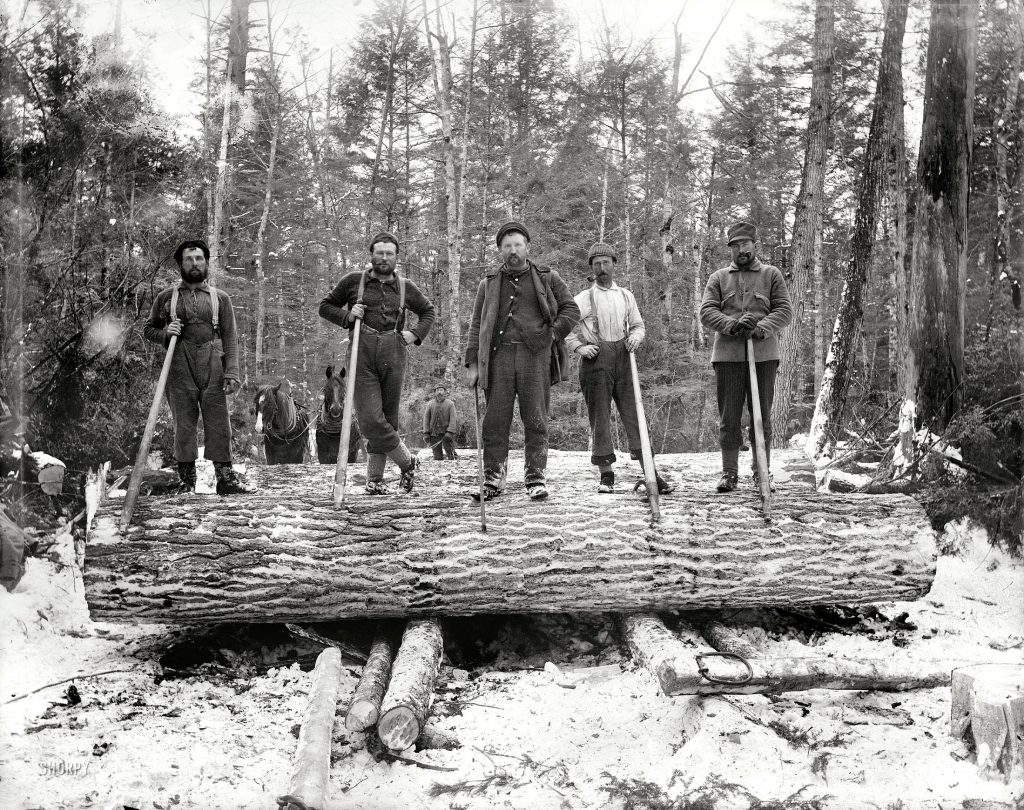
The definition of “public lands” continued to be “lands and interest in land open to sale and disposal,” and after Allotments were adjudicated, the only kind of entry or disposal that could be made was a mining claim or lease, and a timber sale. This remained the law up until October 23, 1976, when Congress adopted Federal Lands Policy Management Act (FLPMA) (90 Stat 2743) and National Forest Management Act (NFMA) (90 Stat 2949). On that date, the definition of “public land” changed to the current definition and has been in place since. The current definition is found on page 3 of the Federal Land Policy Management Act (90 Stat 2746): “The term ‘public lands’ means any land and interest in land owned by the United States within any of the several States and administered by the Secretary of Interior through the Bureau of land Management…”
The definition still embraces the split estate nature of the lands. Missing, however, is language expressing that those retained federal interests are open for sale or disposal. Significantly, after passage of FLPMA and NFMA the US Supreme Court ruled that ranchers still owned their water rights within National Forests, and these prior existing rights were not affected by either FLPMA or the Multiple Use Sustained Yield Act (74 Stat 215). See United States v New Mexico, 438 US 696 (1978).
For the benefit of the globalist Washington “swamp” insiders who want ranchers to believe that they have no rights and are merely “permittees” on the “public lands,” we want you to know we have a “deep bench” of legal minds on the side of the Allotment owners. The Range Allotment Owners Association believes that Allotments owned by ranchers in National Forests and Grazing Districts withdrawn by authority of the Pickett Act, are “split-estate” lands, NOT part of the government’s “interest in lands” as defined by FLPMA and the Federal Power Act. I’ve been asked by the following attorneys to publish their names to ranchers as an alternative to the government insiders and the anti-property rights groups who have been colluding with the BLM and Forest Service for decades to undermine Western ranchers property rights. Its time to DRAIN THE SWAMP!
Mark Pollot, (208) 867-8389 Former Spec. Asst. to the US Att. Gen. for Nat.Res. & Environment
Margaret Hageman, (307) 635-4888 Hageman Law P.C.
Korry Lewis, (307) 635-4888 Hageman Law P.C.
Morgan Philpot, (801) 891-4499
Bret Whipple, (702) 493-6075
Blair Dunn, (505) 750-3060
Roger Roots, (406) 224-3105
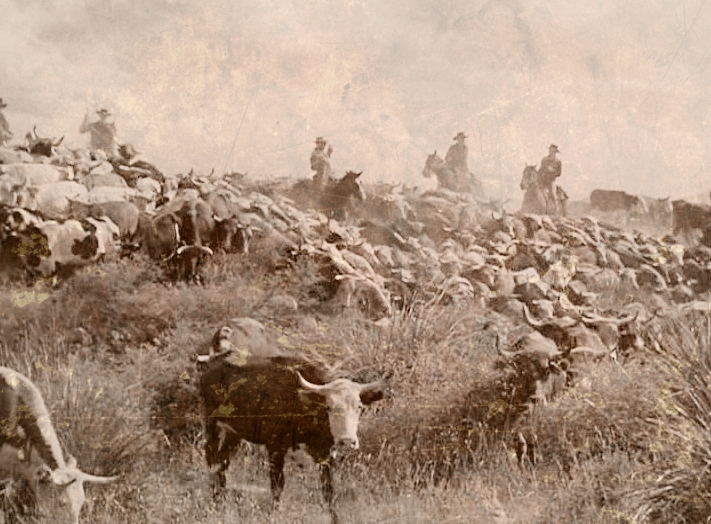
Free Range Report



